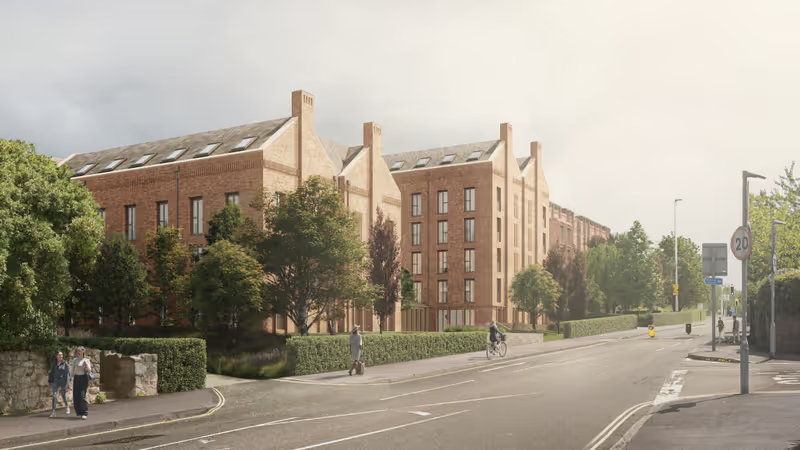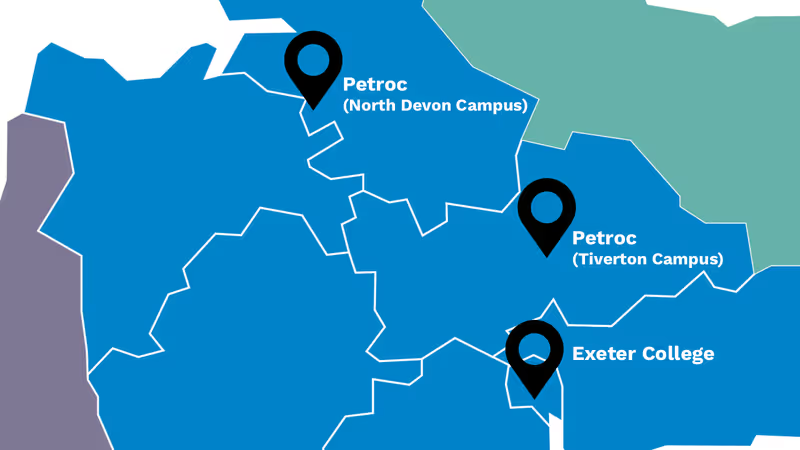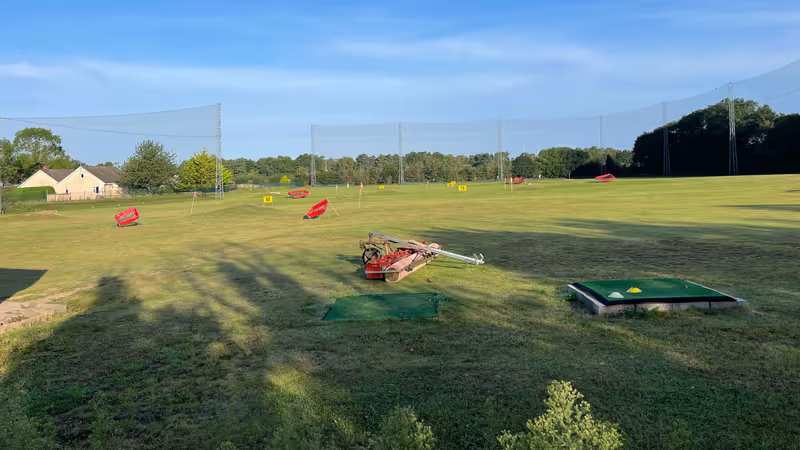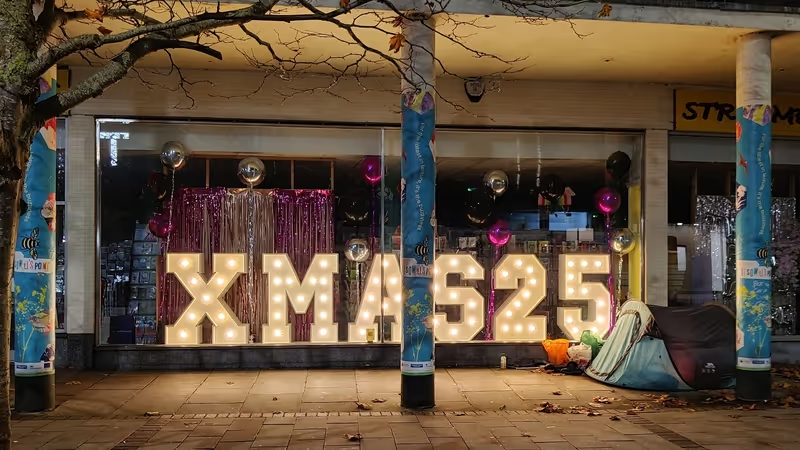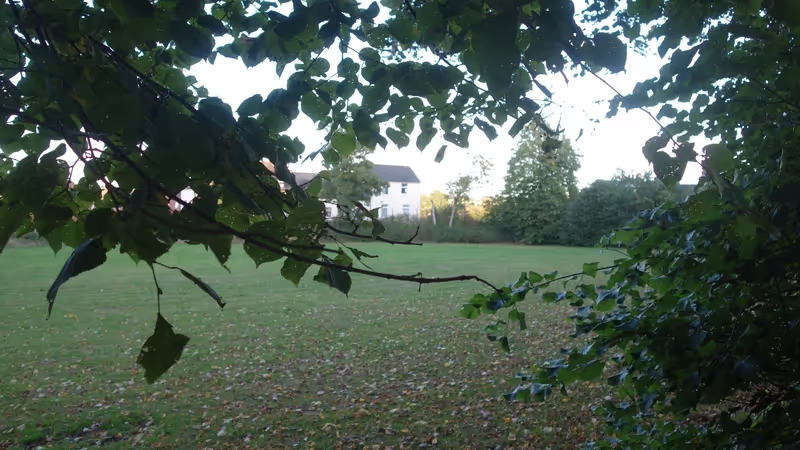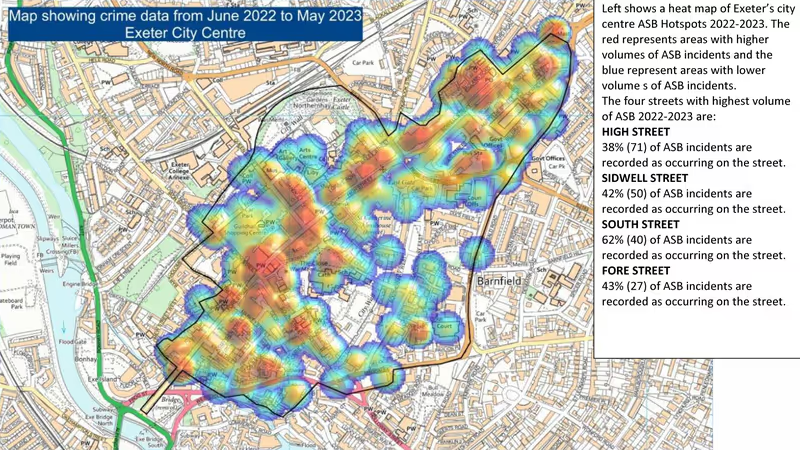Eutopia Homes is seeking full planning permission for a 300-bed seven storey development at quadruple the recommended local plan density without providing the promised “research-based evidence for the need for co-living” on the city centre Mary Arches car parks site.
The blocks it plans to build in Bartholomew Street East and Mary Arches Street have been condemned as “slums of the future” by one local resident, who also said in response to a fleeting Exeter City Council public consultation on the plans that “the tiny flats do not meet national living space standards and the proposed rents are too high for people on a single person’s income”.
The company is currently marketing flats at Exmouth Junction, the only project it has so far completed, for £1,375-£2,350 per month with “affordable” units costing £1,080-£1,800 plus bills.
Documents submitted with the application to the city council only offer a summary schedule of the 309 bedspaces that are proposed. They say the complex would provide 280 “standard” units ranging “between 18-27 square metres” and 29 “large accessible” units between 28-42 square metres.
Inspection of the accompanying detailed drawings reveals that 212 – that’s 76% – of the “standard” units actually provide exactly 19 square metres of space each, into which a bathroom, toilet, kitchen, living area, desk, wardrobes and storage and a bedspace are all fitted.
At the same time the documents cite the current London Plan’s requirement that such blocks provide at least 5 square metres of internal amenity space per unit. They then elsewhere specify that the Mary Arches blocks will only provide two-thirds as much.
 Proposed Mary Arches co-living blocks third floor site plan. Source: Darling Associates.
Proposed Mary Arches co-living blocks third floor site plan. Source: Darling Associates.
Should the city council approve Eutopia’s plans, the car parks complex will sit between the 115 studio apartments and six two-bedroom cluster flats in “The Neighbourhood”, a pair of student accommodation blocks on the corner of Mary Arches Street and Bartholomew Street East, and the 383 “co-living” units for which it has granted consent on the site of Harlequins shopping centre.
The 309 units that are proposed on the 0.49 hectare Mary Arches site would be built at a density of 636 dwellings per hectare, more than quadruple the city centre density recommended in the study which forms part of the new Exeter local plan evidence base – and nearly double the density of the consented Harlequins scheme.
The three developments together are set to provide 819 “homes for the people of Exeter” in an area that is smaller than the ground floor of the Guildhall shopping centre.
 Mary Arches “co-living” demand study. Source: Knight Frank.
Mary Arches “co-living” demand study. Source: Knight Frank.
During an online presentation of its Mary Arches plans in May, Eutopia Homes agent Lorna Henderson said the company would provide “research-based evidence for the need for co-living on this site” when it submitted its proposals to the city council.
The “co-living demand study” it commissioned from Knight Frank that accompanies its planning application, however, does no such thing.
It first admits that UK co-living occupants typically rent in “highly commutable areas of major cities” and that “the majority of operational and under construction co-living units are in London”.
It then says that “co-living accounts for only 0.8% of 1.9 million individuals living in shared PRS [Private Rented Sector] accommodation across urban areas of the UK”.
An analysis of Exeter rental listings on Rightmove for the twelve months to April 2025 follows, which it says was performed “to understand how the proposed BTR [Build to Rent] scheme will fit within the current residential supply”.
This finds that “the majority of rental listings in Exeter over this period were flats (54.3%), followed by terraced houses (26.2%)”, that “across Exeter, one and two-bed flats are the dominant unit types listed for rent”.
 Proposed Mary Arches Bartholomew Street East co-living block elevation. Source: Darling Associates.
Proposed Mary Arches Bartholomew Street East co-living block elevation. Source: Darling Associates.
It then says that “studio flats accounted for just 2.4% of listings”, which it considers as evidence “suggesting that there could be a lack of supply of this property type” instead of evidence confirming a lack of demand.
Having already pointed out that “co-living currently accounts for only 0.22% of the total dwellings stock in Exeter” – that’s the 133 units at The Gorge which are still only 80% occupied according to the operator – it then observes that this building “does not provide enough purpose-built sharer accommodation for the 11,172 PRS sharers in Exeter”.
It continues: “Therefore, the current shortfall between supply and demand for co-living accommodation is 11,039 homes”.
This is desperate stuff, relying on the unproven assumption that everyone currently living in all those one- and two-bed flats and houses that it has confirmed dominate Exeter’s private rented sector really want to live in a much smaller, and almost certainly more expensive, “co-living” unit instead.
And it ignores that the 133 units at The Gorge could accommodate 1.19% of Exeter’s 11,172 PRS sharers, were there sufficient demand to fill it, supplying a greater share of the market than the 0.8% UK average it quotes.
The 712 units which it says already have city council planning approval would provide an additional supply nearly six and half times this size. And the 309 units at Mary Arches would increase the Exeter co-living supply to more than 10% of its PRS sharers market.
So, in attempting to justify the claim that there is a “need” to build these blocks on the Mary Arches site, the study claims that the demand for “co-living” in Exeter is at least thirteen times higher than the UK national average – when the city’s only existing such block is only four-fifths full and much closer to a university campus.
Comments on the Mary Arches proposals can be submitted via the city council website until Sunday 27 July.
An archaeological dig intended to establish whether the Via Principalis of the Roman legionary fortress established here in 55AD runs through the centre of the development site, as is expected, is taking place for a week until Saturday 2 August.


